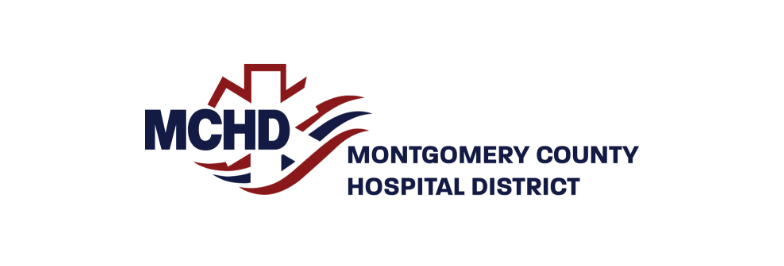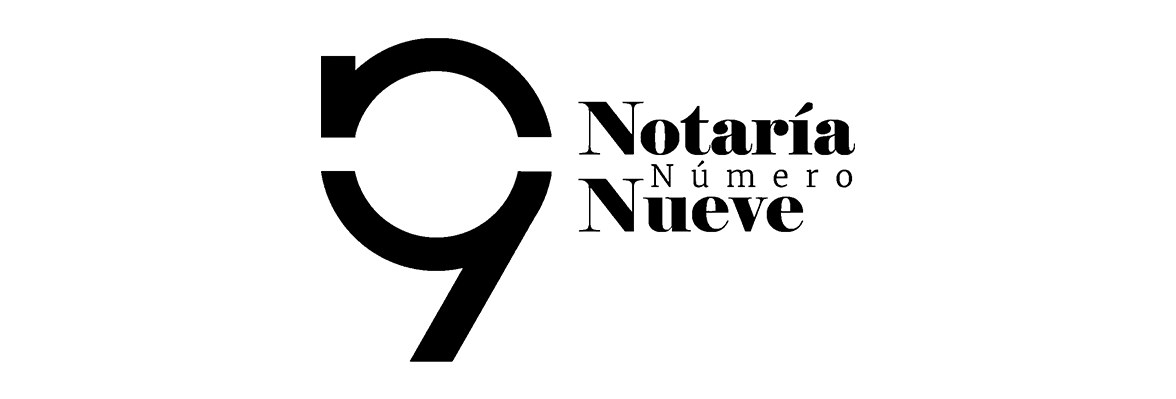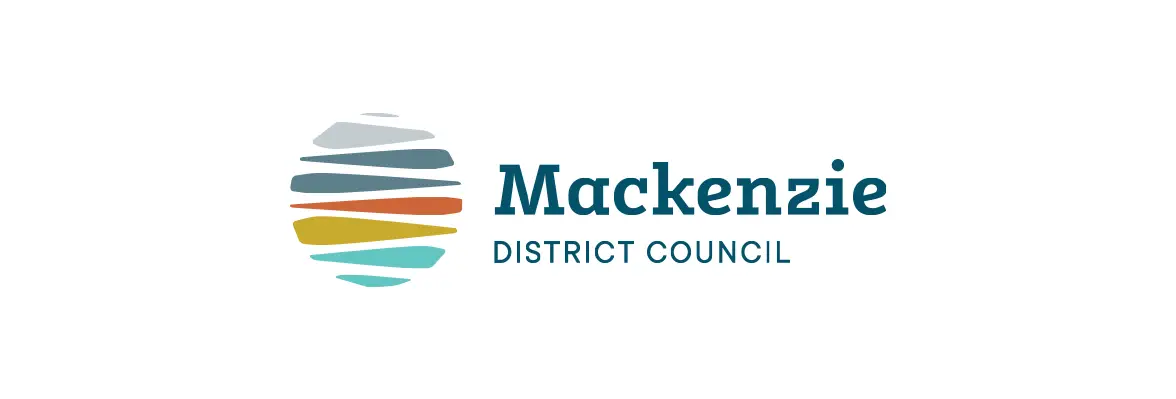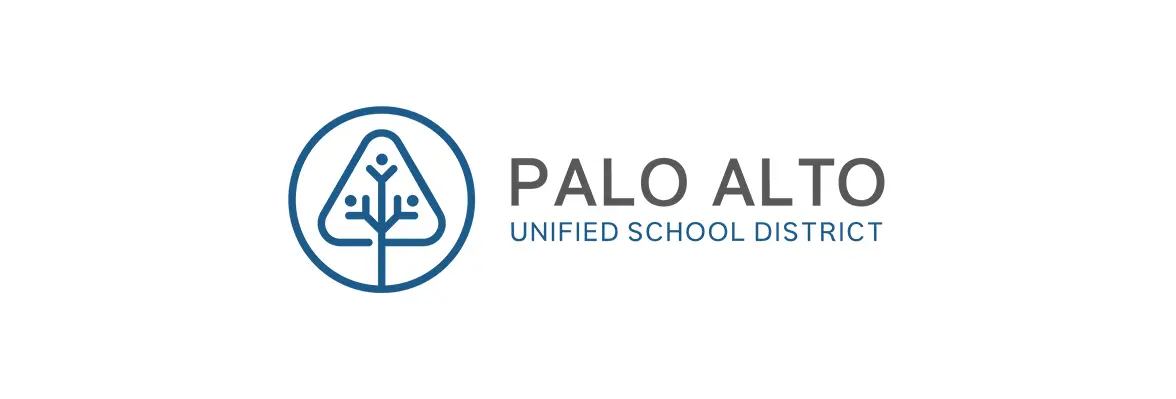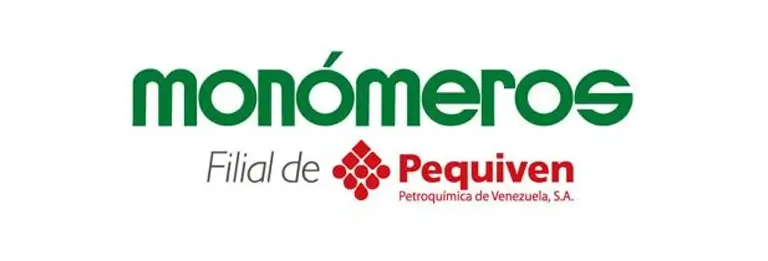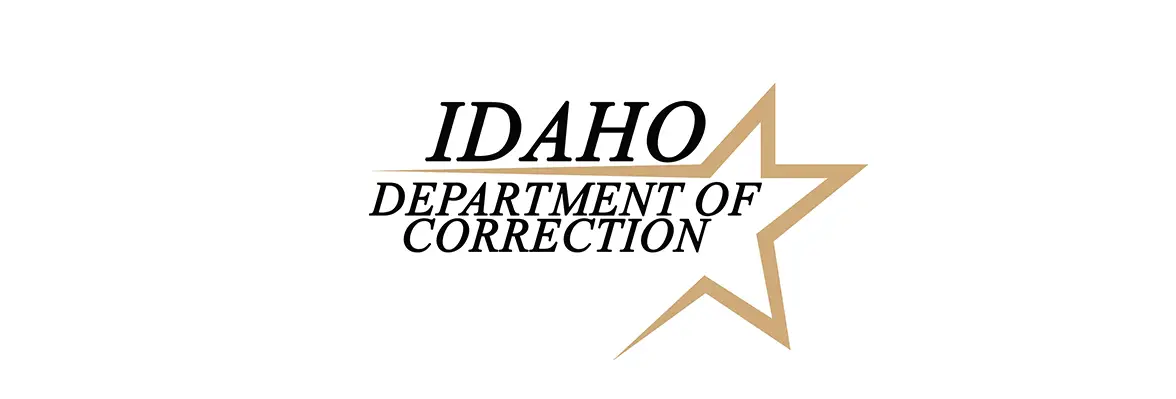Montgomery County Hospital District Powers COVID-19 Response with Digital Data and Process Automation
6 min read
The Montgomery County Hospital District (MCHD) is eliminating its reliance on paper forms and manual processes in order to keep employees and the public safe, protect information privacy and better enable remote work and communication in the midst of COVID-19.
When the novel coronavirus arrived in Texas, it changed almost everything about the hospital district’s operations, shifting many employees to work from home, and requiring new digital processes for information gathering and sharing. The hospital district had been using Laserfiche to create electronic forms and automate processes since 2019, but the pandemic would reveal new critical use cases for Laserfiche and accelerate digital transformation across the organization.
“Montgomery County Hospital District employees were using Laserfiche before COVID, but we’ve found that Laserfiche made it so much easier to work from home and maintain HIPAA compliance, and protect privacy for ambulance patients,” said Shawn Henners, Electronic Business Process Manager at the hospital district. “If COVID-19 had hit six months ago, we would have had to ramp up a lot faster, and things would have been a lot more chaotic. We’re grateful that we had begun our business process automation and electronic forms initiatives with Laserfiche at the time that we did.”
In the first few weeks of Montgomery County’s COVID-19 response, the hospital district rapidly rolled out a number of Laserfiche electronic forms and automated processes for exposure reporting, employee symptom tracking and case investigation.
Rapid Response: Automating Information Gathering with Exposure Reports
MCHD is responsible for providing indigent care, emergency medical services and public health to Montgomery County, Texas. As a publicly-funded organization, MCHD aims to provide quality care to the county while remaining a good steward of taxpayer dollars. In the past year, MCHD worked with Laserfiche Solution Provider DocuNav Solutions to unveil its first agency-wide online forms and automated workflows to increase access to services while improving efficiency.
“All healthcare organizations need to adjust to new ways of working, and technology is key to their ability to respond quickly to change,” said Cody Bettis Sr., CEO of DocuNav Solutions. “The team at Montgomery County Hospital District has really embraced a digital approach to operations, and their Laserfiche solutions are enabling them to rapidly deploy e-forms and automated workflows that meet changing needs.”
One form that was rolled out over the past year was for infection control. Initially created to report employee exposures to things like HIV or meningitis, the form and automated process behind it was used to report exposure to COVID-19 hit once the virus arrived in Texas.
“We used to use the exposure form once or twice a month,” said Henners. “In March, we had about 30 submissions due to the virus. Having those processes automated already made a huge difference for us.”
With the automated process, the infection control officer is able to document exposures and record them in Laserfiche without significant manual intervention. Information is automatically filed in a standardized manner in compliance with industry regulations, enabling authorized personnel to access the information when it’s needed.
“We were able to quickly give our employee health monitor access to the infection control form, so they can see what’s going on, stay in the loop, run reports and make sure that nothing is falling through the cracks,” Henners added.
The hospital district’s human resources team, which is working remotely, can also easily track processes, file workers compensation claims, and communicate with people in office as a result of Laserfiche forms and the repository.
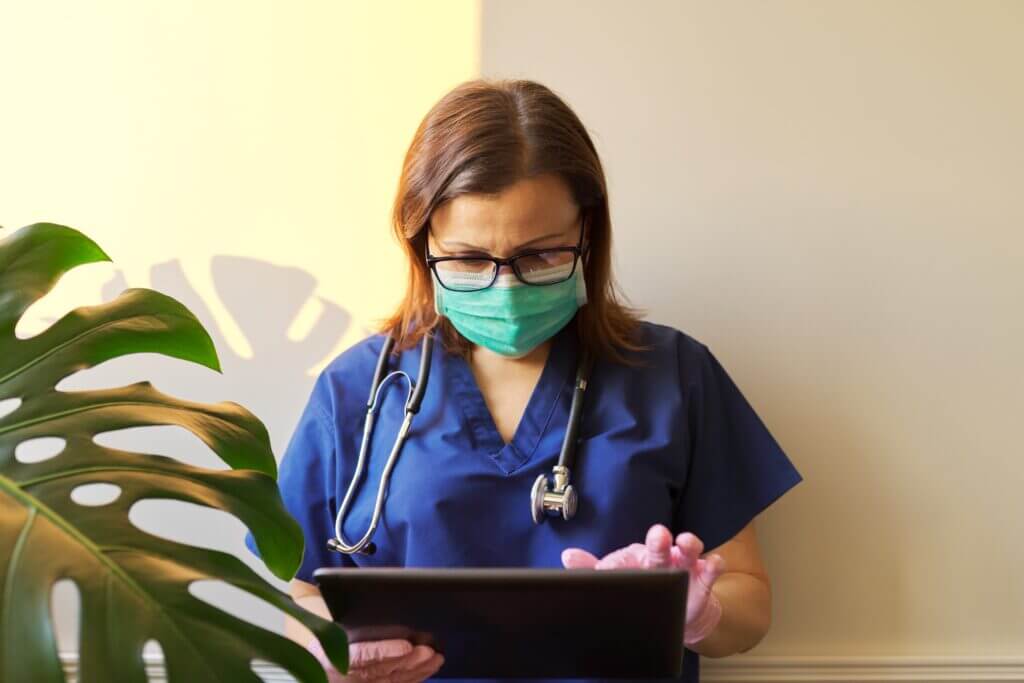
The Front-line: Symptom Tracking for Safer Work Environments
In addition to tracking exposure, MCHD gathers data on employees’ temperature and symptoms to help protect the health and safety of its workforce — including doctors, nurses and EMTs — and those they serve.
“This has helped tremendously since we have employees spread over the county,” said Henners.
Employees who report to work take their own temperature at the beginning of their shift, and log it along with any symptoms they may be experiencing. They are required to do the screening every 12 hours, so if employees work for 12 hours, they would log the information at the beginning and end of their shifts. Those who work 24-hour shifts perform the screening three times.
If the employee becomes symptomatic, the system advises them on what steps to take next. The forms and workflow also enable dynamic case scenarios, so instructions may differ depending on the individual’s department or role. For instance, the protocol for an employee who reports symptoms in a care unit would look very different from the protocol for an employee in an administrative role.
The information collected provides MCHD insights such as the employee’s symptoms and temperature the day before, or two days ago. To protect employee privacy, only infection control officers have access to individual data, while incident command and executives have access to see totals and trends by unit.
“We connected that information on the backend with our scheduling software to look for people who missed their check-ins, so that supervisors can follow up with them,” said Henners. “We want to keep employees safe. Those who are in essential positions can’t work from home, and so we want to do everything we can in order to make sure we’re not exposing each other, and that employees feel safe when they come to work.”
The project took MCHD about a week to get up and running, and staff has been able to copy and paste from the Laserfiche workflow to repurpose it for other processes.
Case Investigation: Automating Information Gathering and Reporting
MCHD has also implemented a Laserfiche solution to automate case investigation, and the collection of data to inform county decisions about COVID-19. As a manual process, case investigation involved epidemiologists making phone calls twice a day to close contacts of people who had tested positive for COVID-19, to manually enter their symptoms into the system.
“On the public health side, they were monitoring hundreds of case contacts, and it was unsustainable,” said Henners. “We built an electronic form and automated workflows that take a huge burden off of the epidemiologists, who can now better focus on their jobs.”
MCHD rolled out the new electronic form and process which enables people to voluntarily self-report their symptoms every 12 hours. “For every positive case we get, we’ll do an investigation on it in the public health department and document our findings,” Henners said.
The information collected also enables MCHD to create reports in Laserfiche that provide critical insights into the health of the county, while protecting patient privacy in accordance with HIPAA. For example, MCHD staff can pull up reports on how many people are at home under monitoring or how many people have recovered. This aggregated data can be made available to county leaders who are making decisions about reopening, while details about individuals is only available to case investigators who need the information to follow up with patients.
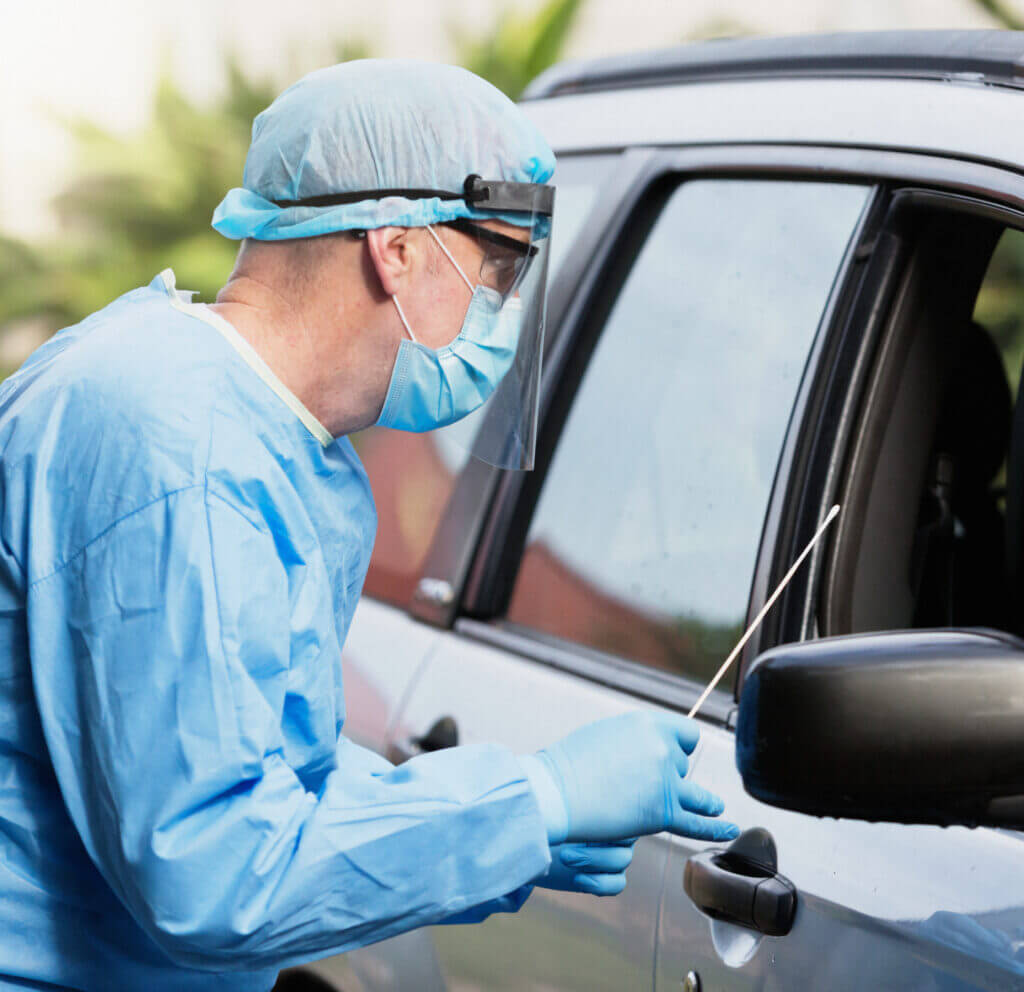
The New Normal: Accelerating Digital Transformation
MCHD is in the planning stages of offering telemedicine through an app; as part of this process, a Laserfiche workflow will support the collection, centralization and protection of patient information, signed consent forms and medical charts in the Laserfiche repository.
“We want to make sure that we have continuity of care, and all of the patient’s information is saved in a central location,” said Henners. “We already have a Laserfiche repository set up for patient records with appropriate security settings in place, so we are able to build and adapt processes easily, while staying in compliance with HIPAA requirements.”
Henners and the team at MCHD continue to experience increased adoption of Laserfiche and digital initiatives across the organization as employees discover new ways to streamline manual, paper-driven processes.
“COVID-19 has forced every employee to use Laserfiche for something — whether it’s specifically about COVID or not,” said Henners. For example, MCHD has a Laserfiche Form embedded on the employee website, where employees can ask questions. “If someone doesn’t know who to direct the question to, they can still get a response. If they don’t want to provide an email address, their question will be addressed in our all-staff calls. That’s another way Laserfiche is improving communication.”
MCHD is working to roll out new, key processes such as travel expense reports and inventory checkoff sheets for ambulances. “In the midst of all of this, I’m still getting emails from EMS chiefs and others who have paper forms that they would rather have in Laserfiche,” added Henners. “We are still improving processes, building checks and balances into our system, and maintaining ease of use for everyone.”
